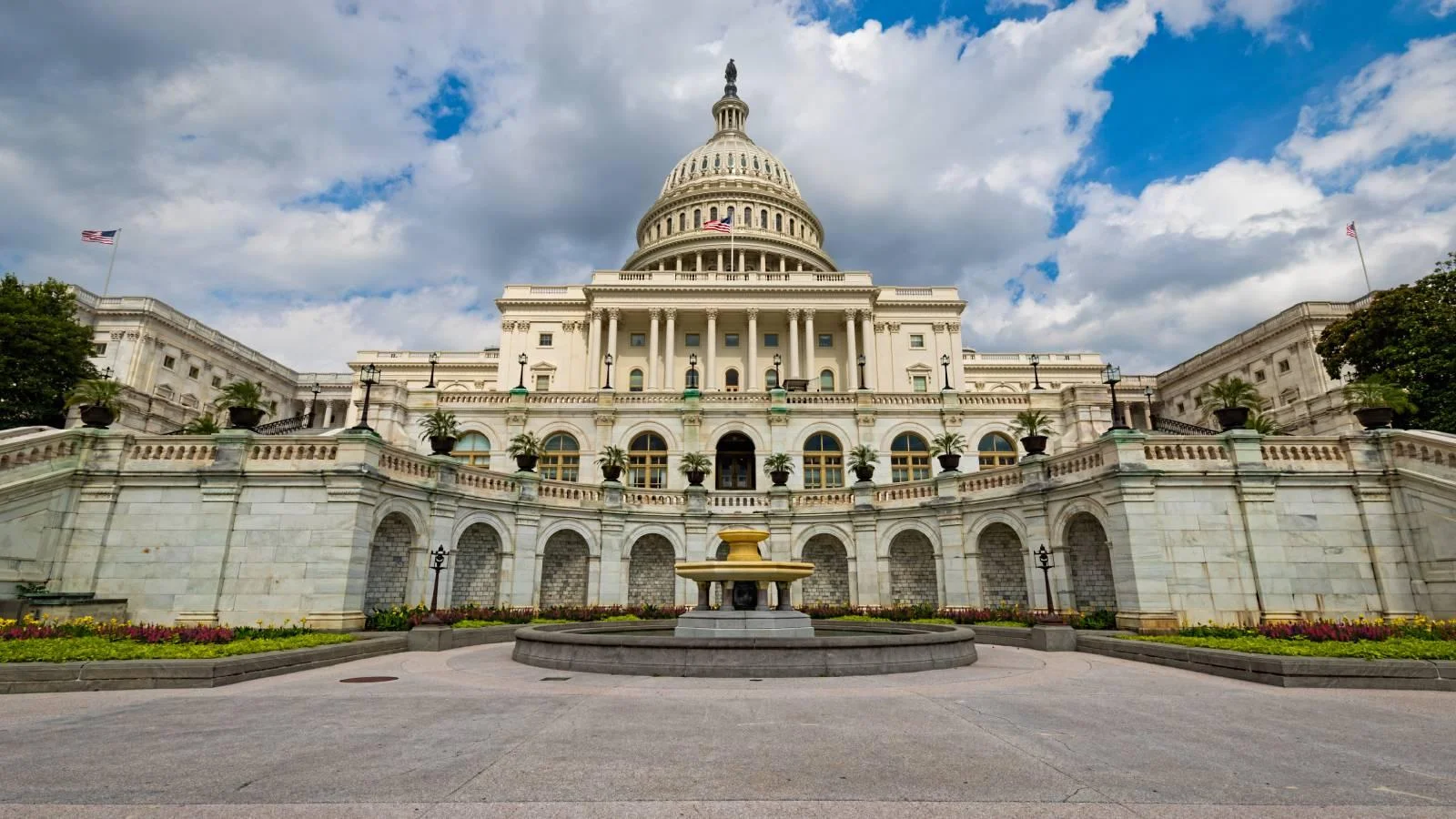Volume 143, No. 158 covering the 1st Session of the 105th Congress (1997 - 1998) was published by the Congressional Record.
The Congressional Record is a unique source of public documentation. It started in 1873, documenting nearly all the major and minor policies being discussed and debated.
“IN HONOR OF KENNETH BLOOMHORST FOR HIS ENDURING SYMBOL OF ENVIRONMENTAL PROTECTION” mentioning the Environmental Protection Agency was published in the Extensions of Remarks section on pages E2311-E2312 on Nov. 10, 1997.
The publication is reproduced in full below:
IN HONOR OF KENNETH BLOOMHORST FOR HIS ENDURING SYMBOL OF ENVIRONMENTAL
PROTECTION
______
HON. GEORGE MILLER
of california
in the house of representatives
Sunday, November 9, 1997
Mr. MILLER of California. Mr. Speaker, it is my honor to rise today to pay tribute to Kenneth Bloomhorst for his contribution to environmental protection in this country. Mr. Bloomhorst has the distinction of having created the symbol that represents the U.S. Environmental Protection Agency.
Created over 25 years ago, his work remains the symbol for the Agency that is recognized around the country and in many parts of the world for the protection of the environment and our Nation's health. Mr. Bloomhorst, who was vice president and art director for an Indianapolis advertising agency, MWB, Inc., illustrated the seal and his firm contributed it to the EPA.
On October 18, 1971, then President Richard Nixon signed Executive Order No. 11628 to establish a seal for the EPA and provided the following description of Mr. Bloomhorst's creation.
``A flower with a bloom which is symbolic of all the elements of the environment. The bloom is a sphere, the component parts of which represent the blue sky, green earth, blue-green water. A white circle within the sphere denotes either the sun or the moon. All are symbolic of a clean environment and are superimposed on a disc with a white background, circled by the title `UNITED STATES ENVIRONMENTAL PROTECTION AGENCY' in blue letters.''
Mr. Bloomhorst, in an interview with the Fairborn Daily Herald in November 1971, said, ``The symbol at a quick glance represents a flower, but it means even more when inspected closely. The flower is like the mother earth. If it is not protected, it will wither and die. The purpose of the EPA is to keep the environment clean, alive and beautiful.''
Symbols are important in our society, just as are our actions. Mr. Bloomhorst's seal was created at the dawn of the American environmental movement. Today, a quarter century later, environmental protection remains one of Americans' most important values. Yet too often, this value has been portrayed as in conflict with other values, such as economic growth and job creation even though it has been shown time and again that environmental protection and economic growth can, and I would argue must, go hand in hand to guarantee a sustainable future for ourselves, our children, and the many generations to come.
The test for our society as we enter the next century is to preserve the value that Mr. Bloomhorst portrayed in the EPA seal and to integrate this value of environmental protection into the activities of all Americans and into the policies of our Government. Without the work of the EPA and the environmental laws that it has overseen, such as the Clean Water Act and the Clean Air Act, America would be a far more dangerous and unhealthy place than it is today. Those who have tried to undermine this agency on behalf of shortsighed, narrow interests have learned that the environment remains a perilous political battleground.
Mr. Bloomhorst today continues to be an illustrator with an interest in the environment. As environmental protection has been such an important focus in current events, I believed it was important to rise today to congratulate Mr. Bloomhorst for seeing his seal become a permanent fixture in our country's landscape and to thank him for his important contribution to our history.
____________________


 Alerts Sign-up
Alerts Sign-up